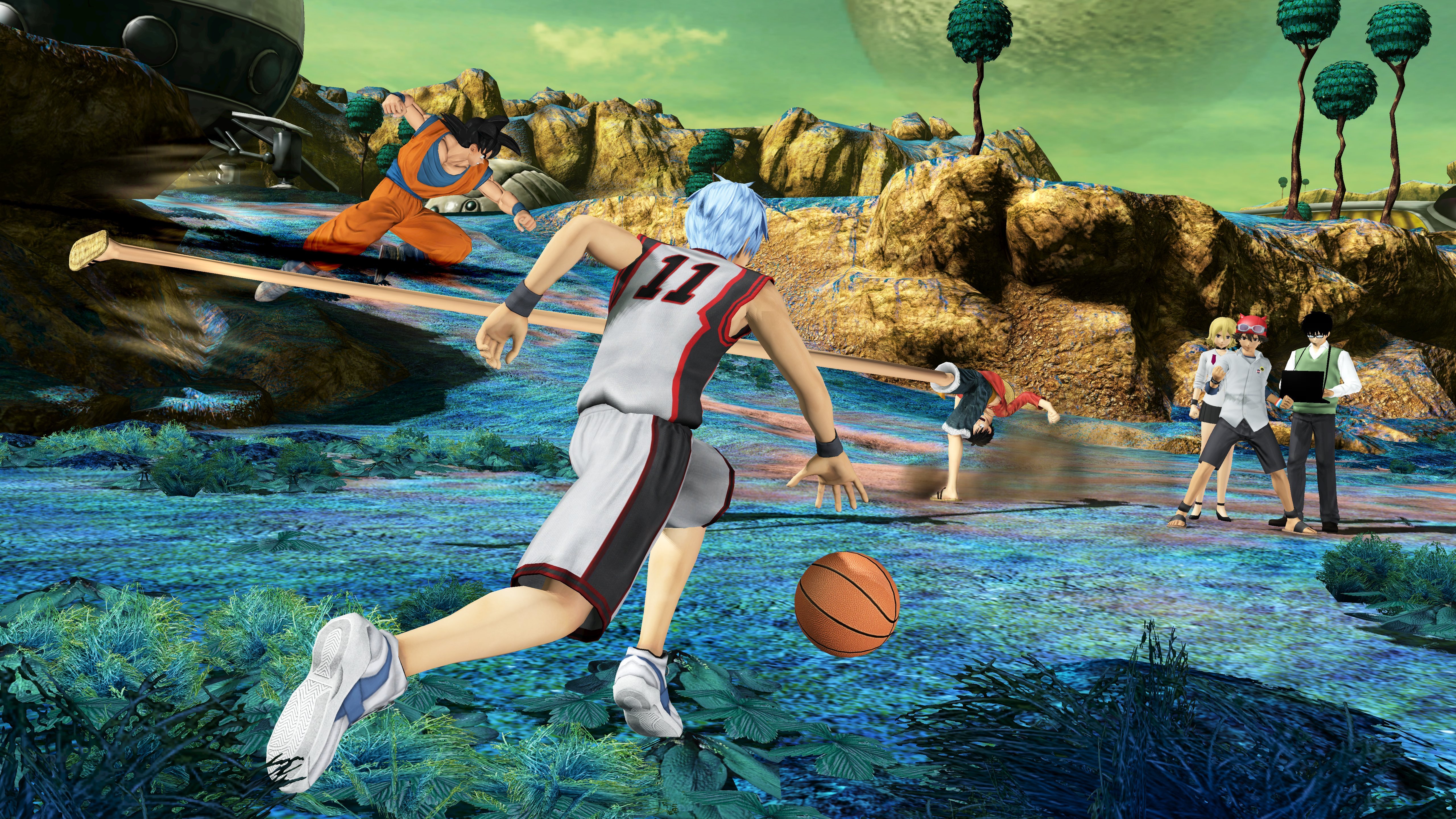Anime for everybody.
Usually, when I feel like a series or collection of series is just throwing out a cash-in title, I expect the worst:Ccharacters appear and spew one-liners, appear doing “their thing” (whatever that might be), and leave a bad taste in player’s mouths as they head to the bank. The last few anime tie-in games I’ve played have been hit or miss, like the surprisingly fun Dragonball Z: Battle of Z and the incredibly phoned-in Attack on Titan: Humanity in Chains. Thankfully, J-Stars Victory Vs+ is somewhere closer to the Battle of Z side of things, though with a little less… direction.
For anybody not already familiar with the eclectic batch of Shonen Jump! characters and series, fear not; within the Gallery and “Character Info” selection are a full list of every series represented in the game, ranging from the popular Dragonball Z and Rurouni Kenshin to the lesser-known Bobobo-bo Bo-bobo (that’s an actual name… just what it really is, I don’t know) and rom-com Nisekoi (which I don’t know either, but at least its description indicates its general genre). So that’s a lot of playable and supporting fighters for diversity in both attacks and style across the battlefield.
There are plenty of fighting modes to compliment that. The main “J-Adventure” mode is best for earning “J-Points” for use in the “J-Shop” (seems to be a theme) and unlocking new characters. Players maneuver through the overworld to different, bland locations on a pirate ship—which while fitting for Luffy of One Piece, is ridiculous for characters like Son Goku and Ichigo from Bleach—tied together from a series of plodding battles in a fetch quest called “story." Outside of the individual character personalities, there’s nothing of particular interest here, since there isn’t any attempt to make a coherent narrative.
But there’s also the challenge modes, like Victory Road where players can select their team and go all-out against a series of foes in a clumping of foes and following a “path," which seems on its surface, to only facilitate further battles, and an arcade mode that locks players into a line of sequential battles. There is really little tangible difference between any of them—no tension, little direction, and no character. For all these characters existing in the same world, surely there’s some way to link them together outside of the mundane “go over there, fight them, now go over there.” There are over 50 different characters here. Can’t there be some kind of rivalry between any of them that isn’t just pasted over from their own series?
Like Battle of Z, the fights are frantic and discombobulating, especially with the 2-2 battles (with a Support character usually thrown in, they're 3-on-3 instead). There are multiple small health bars over character’s heads and flashy attacks on all sides, as if every battle is daring to cause a seizure. But what stands out to me is, even after the muscle memory of targeting and powerful attacks is in place, the game can feel either incredibly easy or brain-hurtingly aggravating. And either way, it can be difficult to follow the combat with so much happening at once—double-teamed by an opponent, building or structure collapsing around, support character attacking from seemingly thin air.
Control isn’t quite as big a factor, thankfully. There are only a few buttons to choose from to attack with (in essence, they’re a jab, strong attack, and special), and it can be a simple task to redirect your focus between opponents. Combos are king here, with only an outside attack interrupting a started chain. If there is a countering system anywhere here, I wasn’t able to find one, so I wouldn’t call this “precision” combat. This is all-out mayhem—just pick a target and start wailing.
And that mayhem is punctuated by the “Burst” attacks, which use built-up energy from the duration of the fight, and if you can build it enough you can perform what are essentially super attacks, like Vegeta turning Super Saiyan and performing his famous Final Flash and the like. Just tap R3 when it tells you, and you’re off to the races. Once you can get a head of steam though, it can feel like a button-masher, and once you’re caught in a storm of someone else’s steam, commence swearing until your three seconds of invincibility after taking that damage are up.
There is a powering-up system here too, but it feels pasted in from somewhere else. Players can earn and purchase cards through special coins that can be placed into their “decks” to beef up their team, but there’s not much incentive since no matter the cards in play, it doesn’t actually appear to affect the gameplay at all. I tried fiddling with different configurations, but no matter the focus on health or attack or defense, I couldn’t pinpoint any differences between the original battle scheme and my “harder/better/faster/stronger” layout.
As far as frenetic fighting goes, I can see this fitting the bill for a little while. It’s not my bag, but I can see the appeal somewhat for a group that just wants to go all-out with their favorite characters. That group will have to fight online, though, as only two players can play on one screen at a time. But online, up to four players can go full-nerd and punch Naruto (which I always enjoy) or Luckyman (he’s so daggum cute, though), which isn’t too bad. It’s no “Shonen Jump Smash Brothers," but it’s not awful.
Also, no Yamcha. That’s a positive mark right there.
-
Like I said, there’s no Yamcha to muck things up
-
Battles are frantic, but (somewhat) controlled
-
No countering system
-
Simple control scheme, maybe too simple
-
Character animation styles kept together well in 3D
-
Story in “J-Adventure” is a joke
-
Seriously, no natural conflicts to integrate?
jstars-victory-vs-plus
-
jstars-victory-vs-plus #1
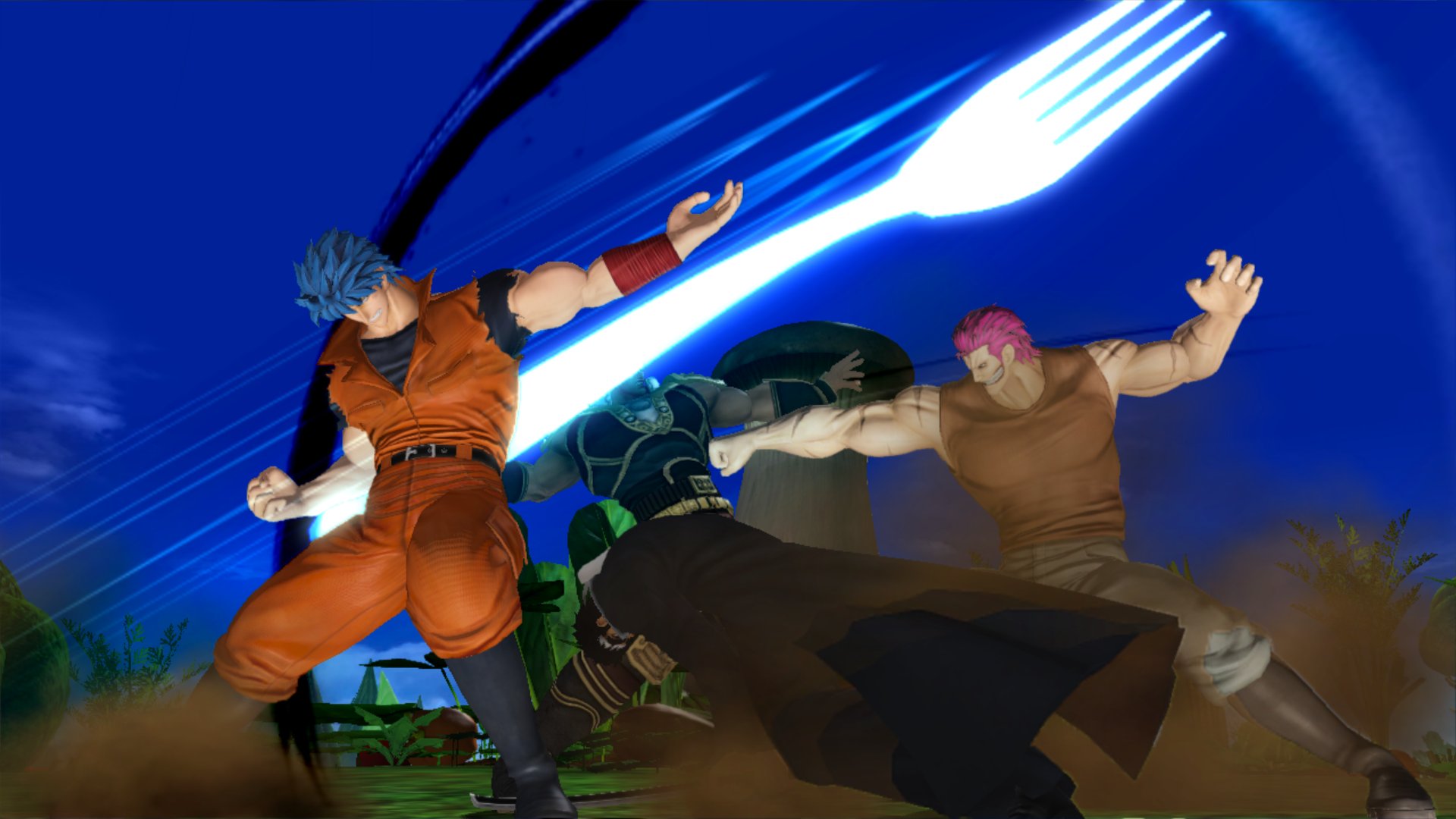
-
jstars-victory-vs-plus #2

-
jstars-victory-vs-plus #3
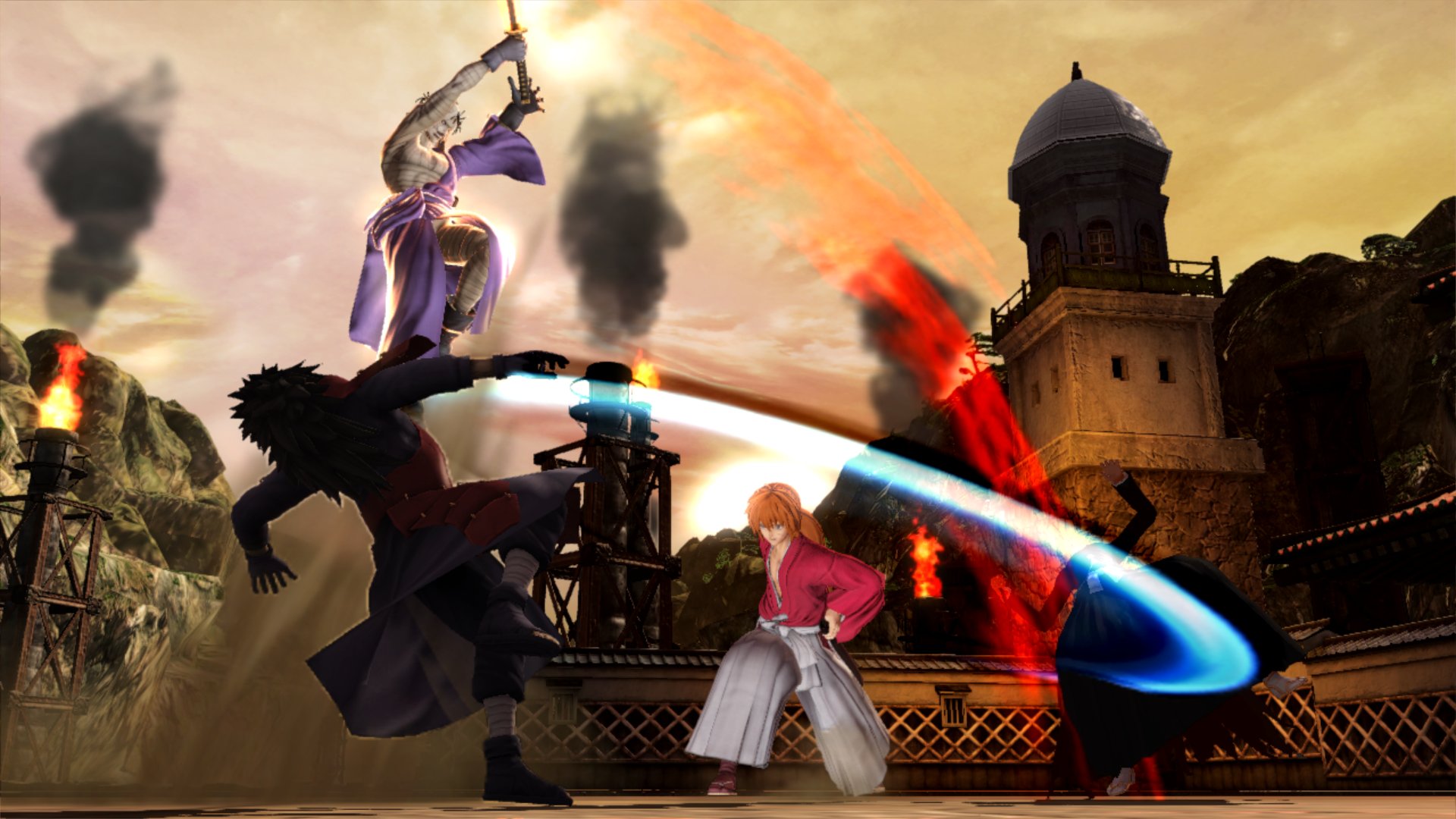
-
jstars-victory-vs-plus #4
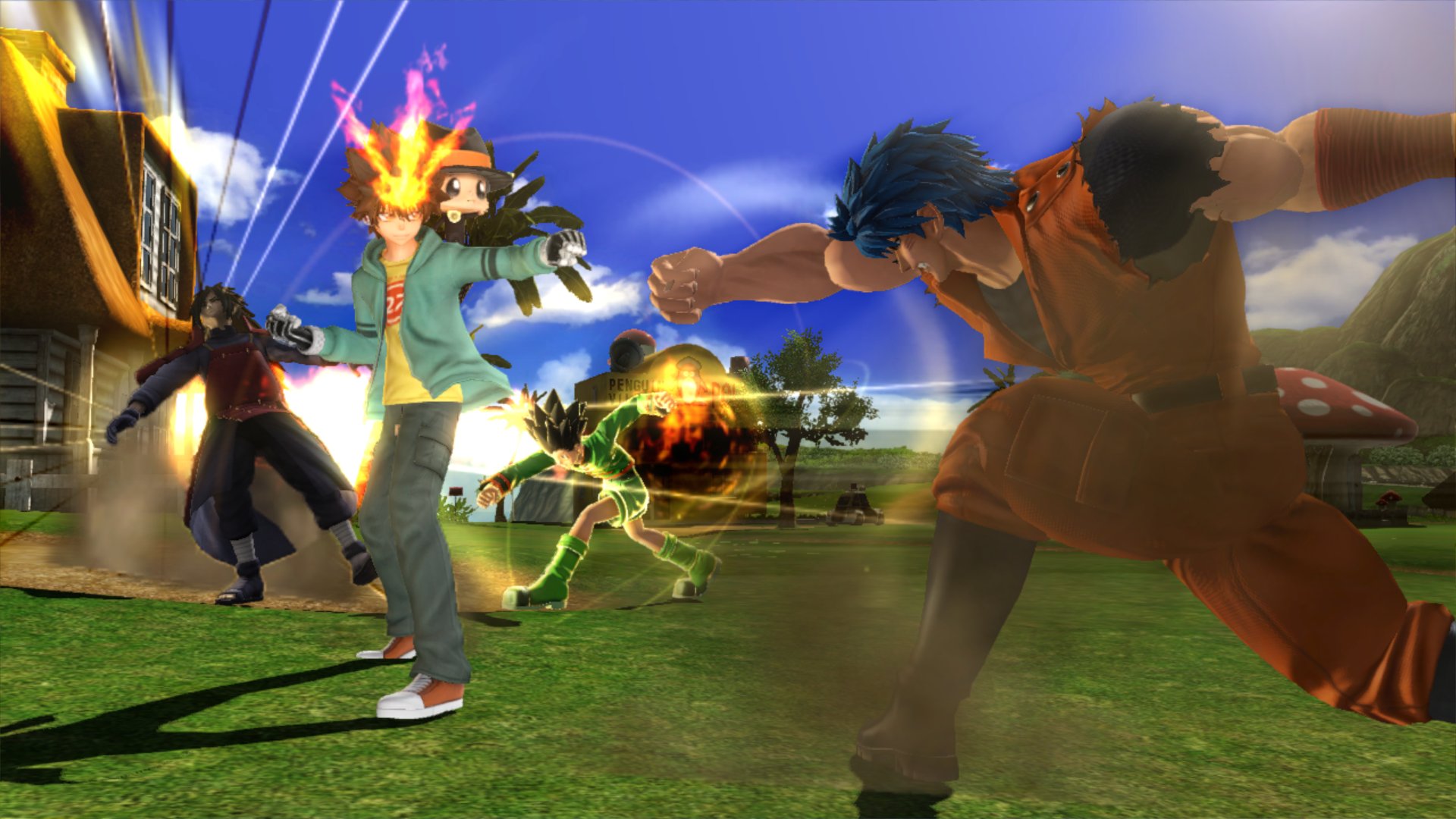
-
jstars-victory-vs-plus #5

-
jstars-victory-vs-plus #6
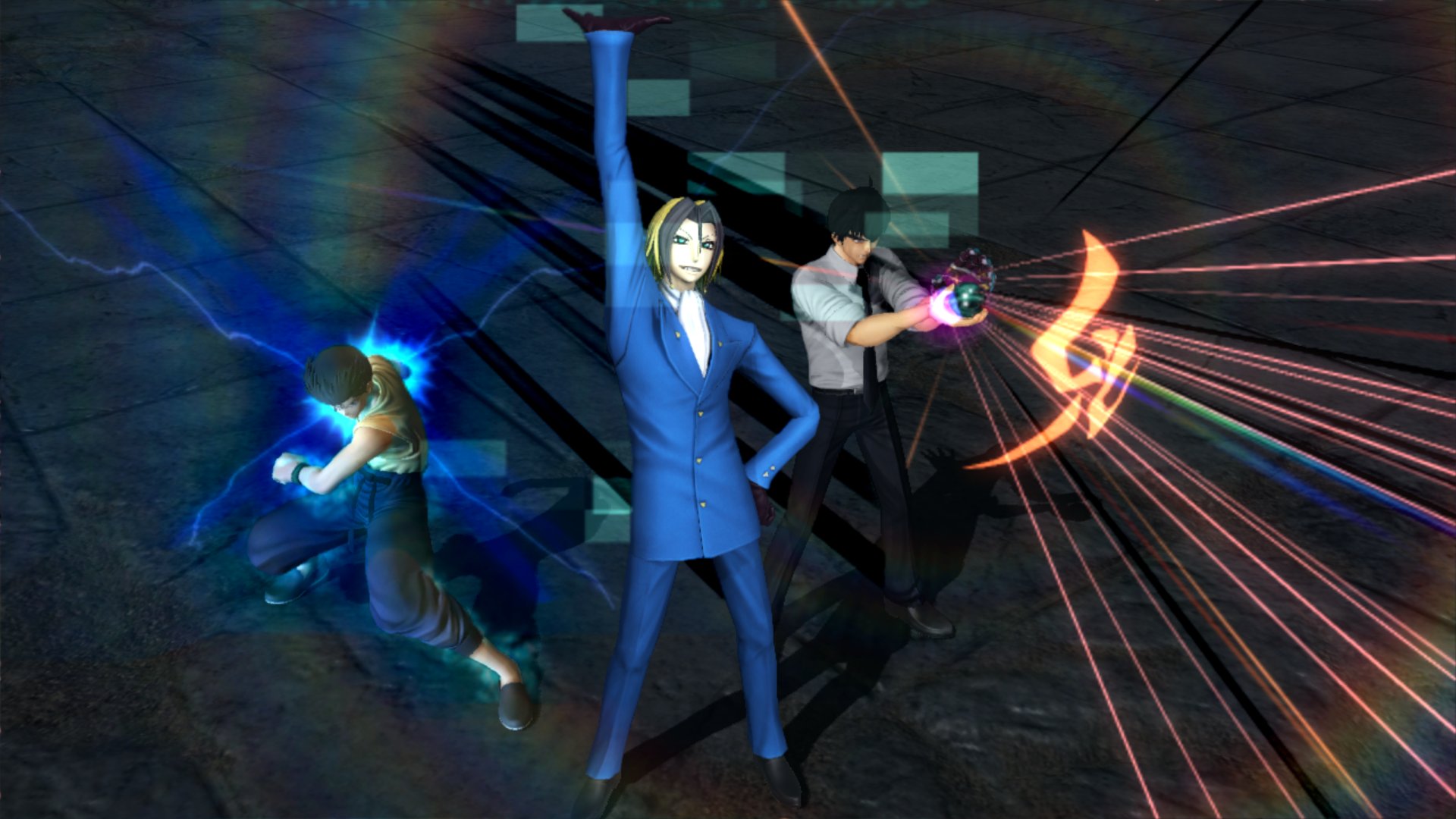
-
jstars-victory-vs-plus #7
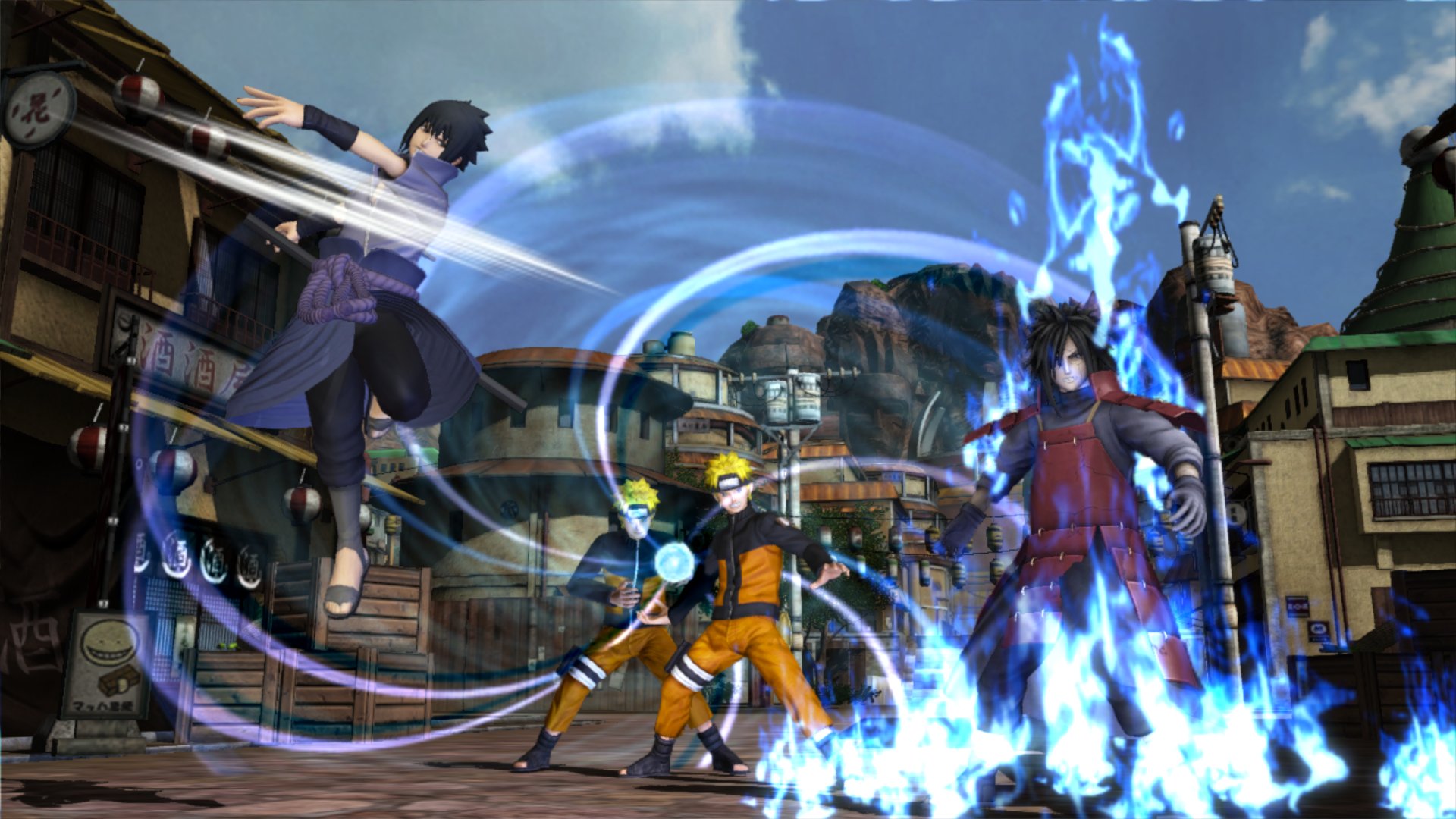
-
jstars-victory-vs-plus #8
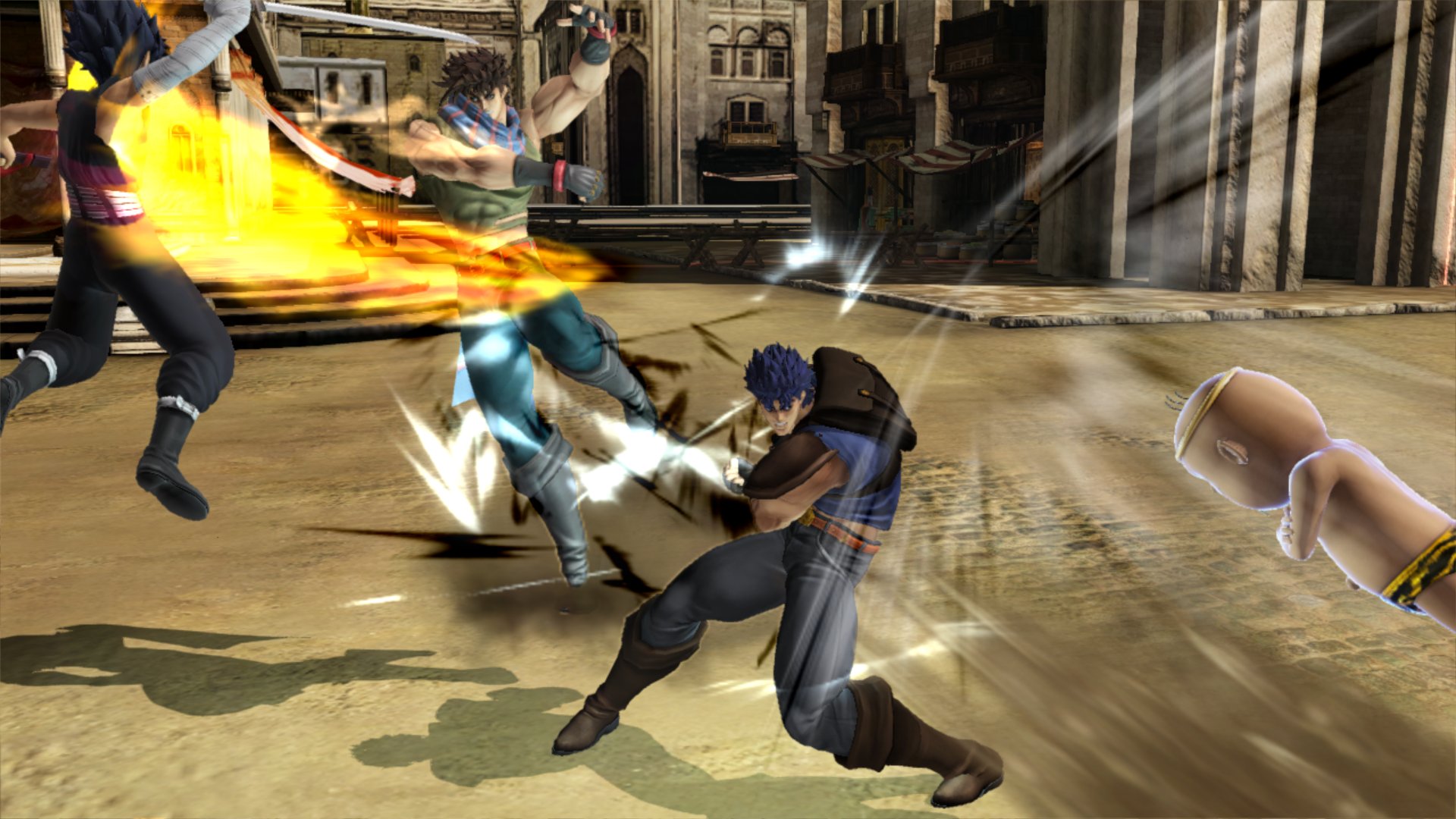
-
jstars-victory-vs-plus #9
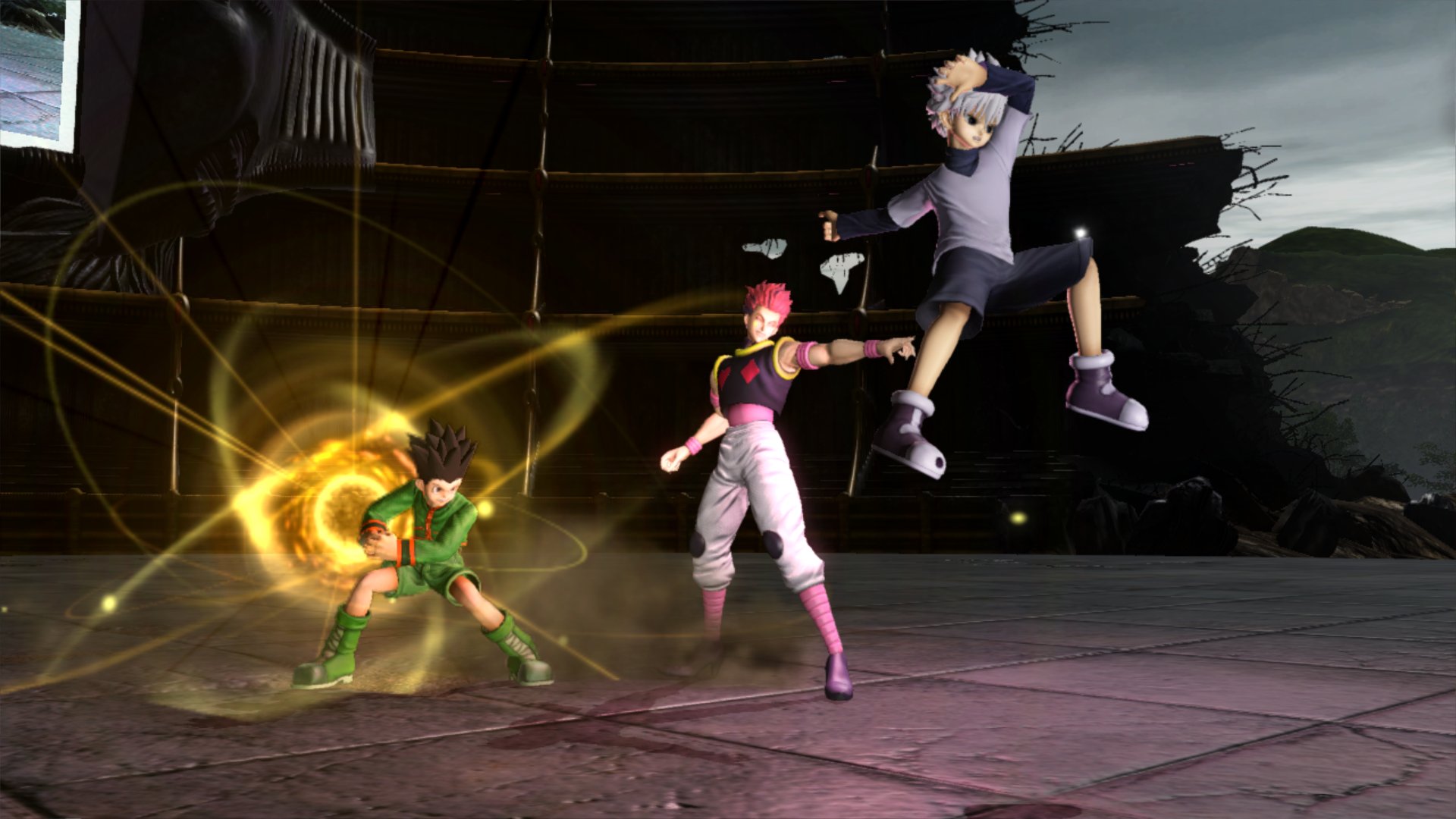
-
jstars-victory-vs-plus #10
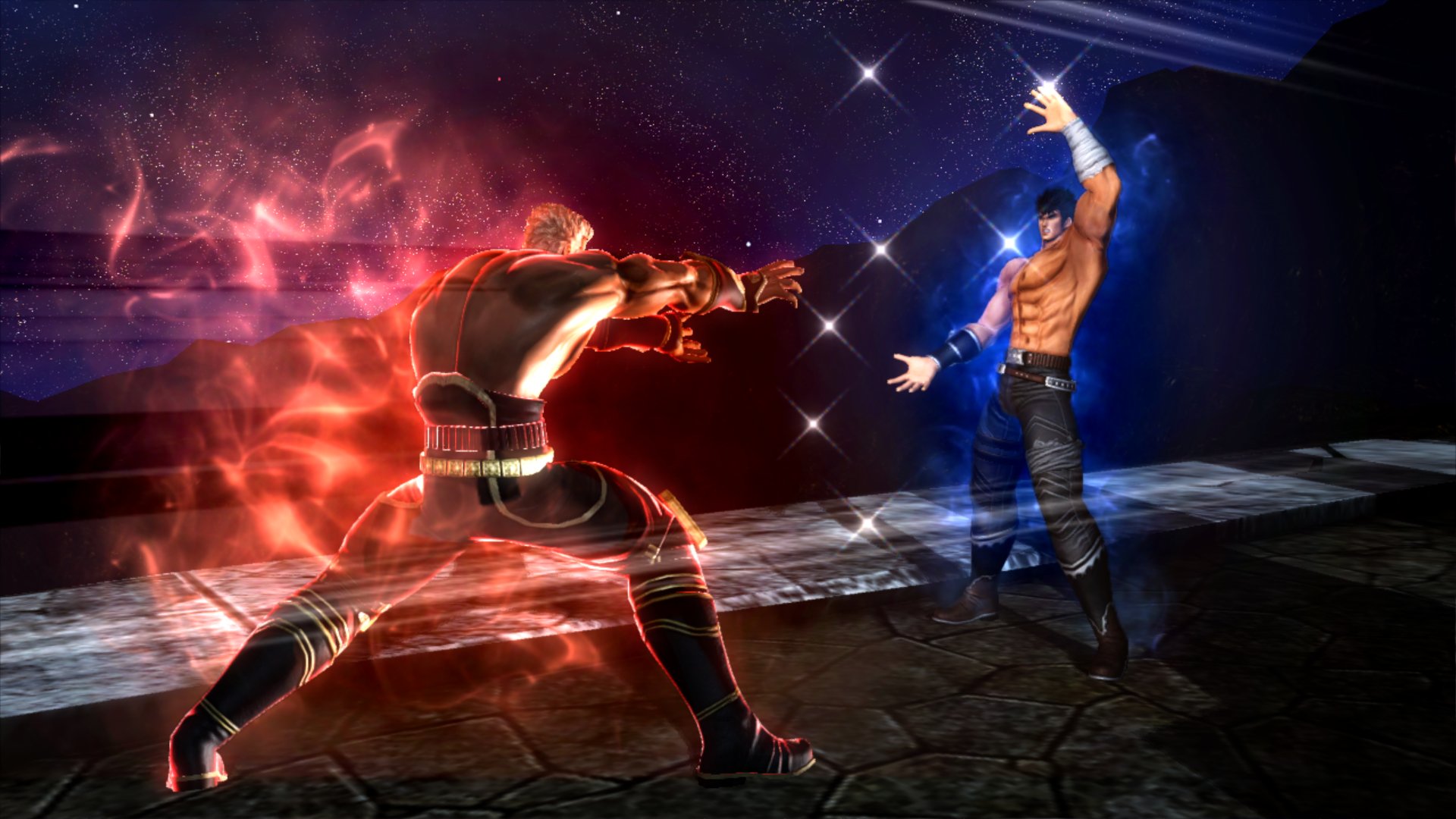
-
jstars-victory-vs-plus #11
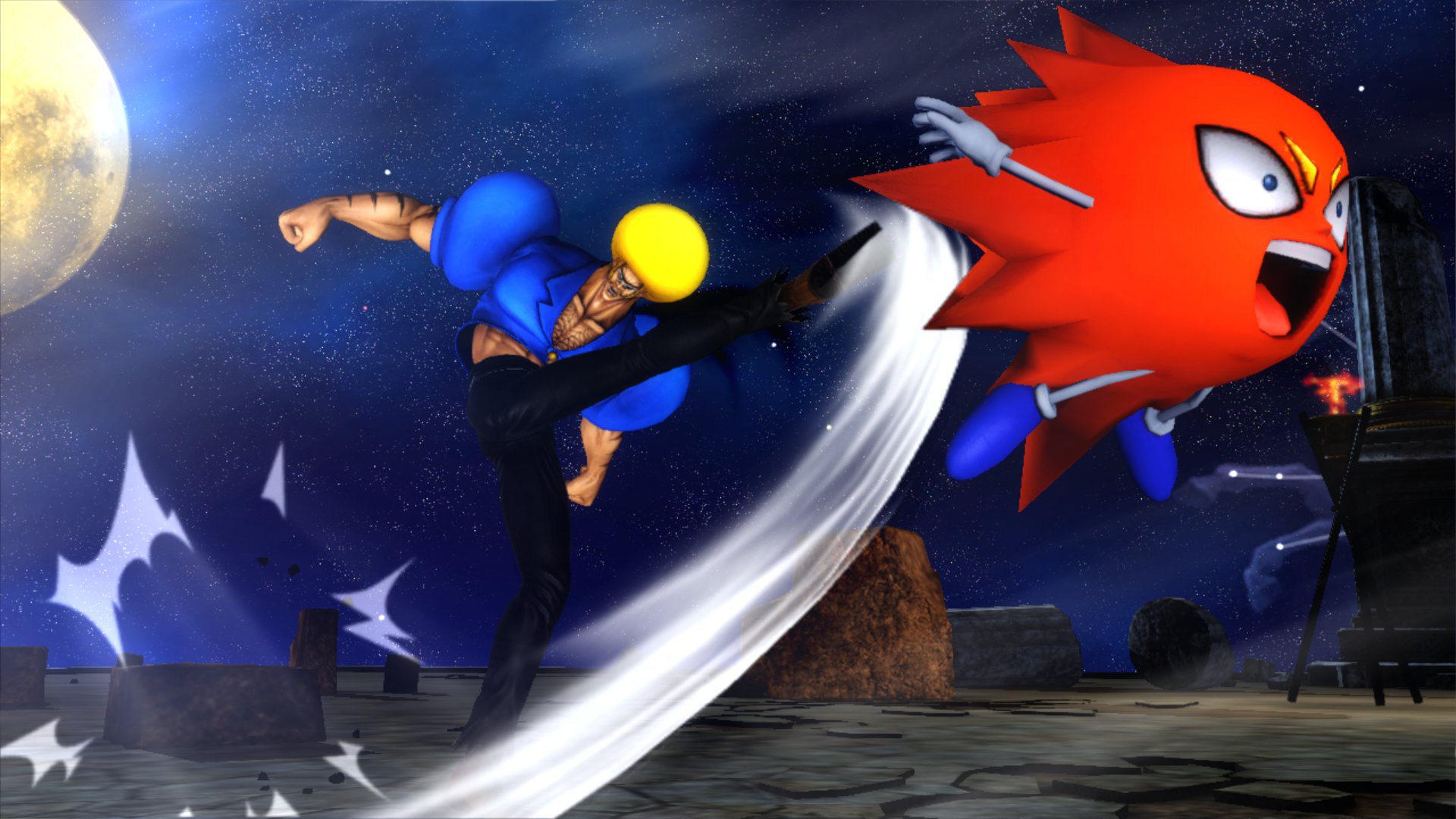
-
jstars-victory-vs-plus #12
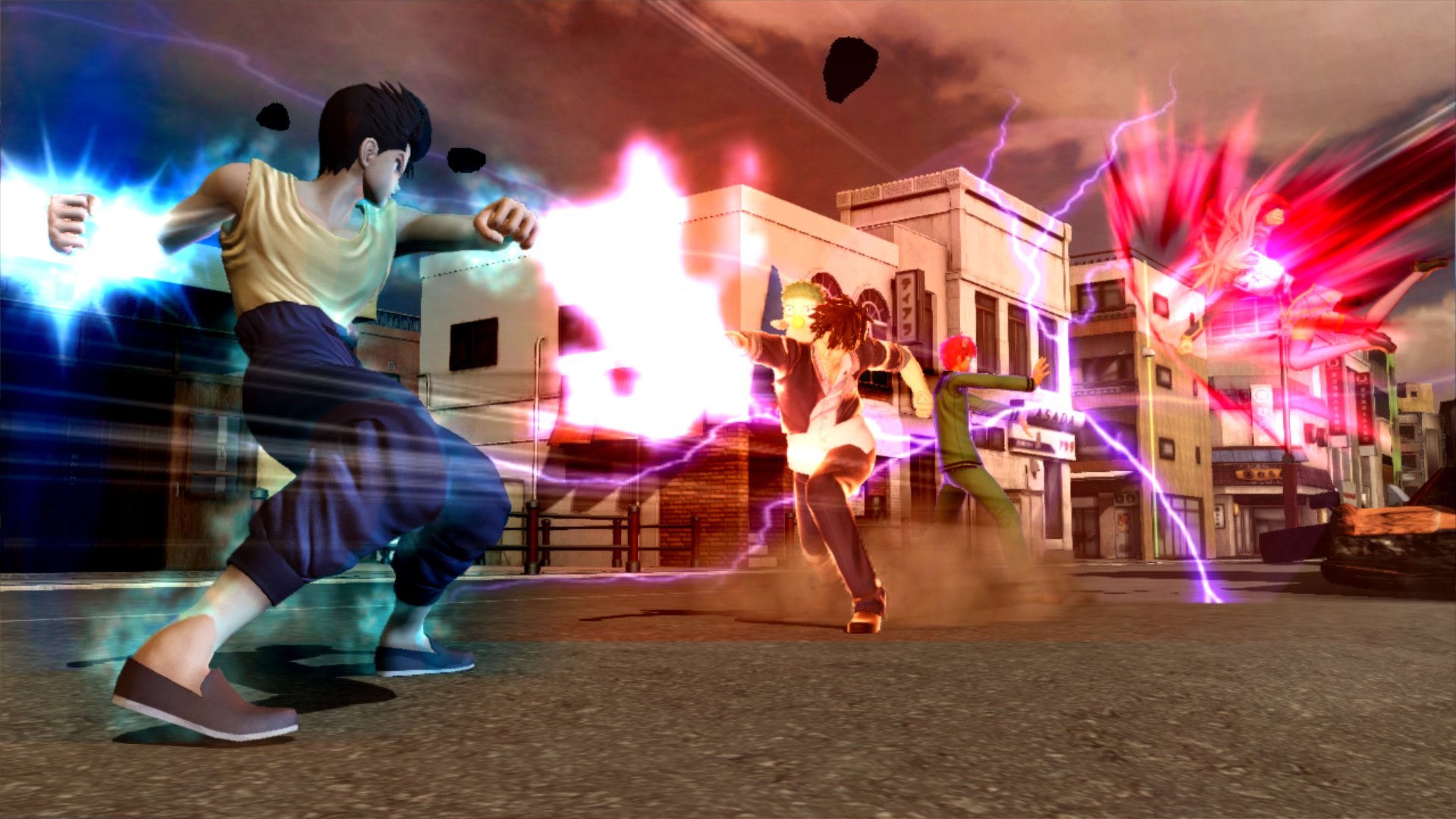
-
jstars-victory-vs-plus #13
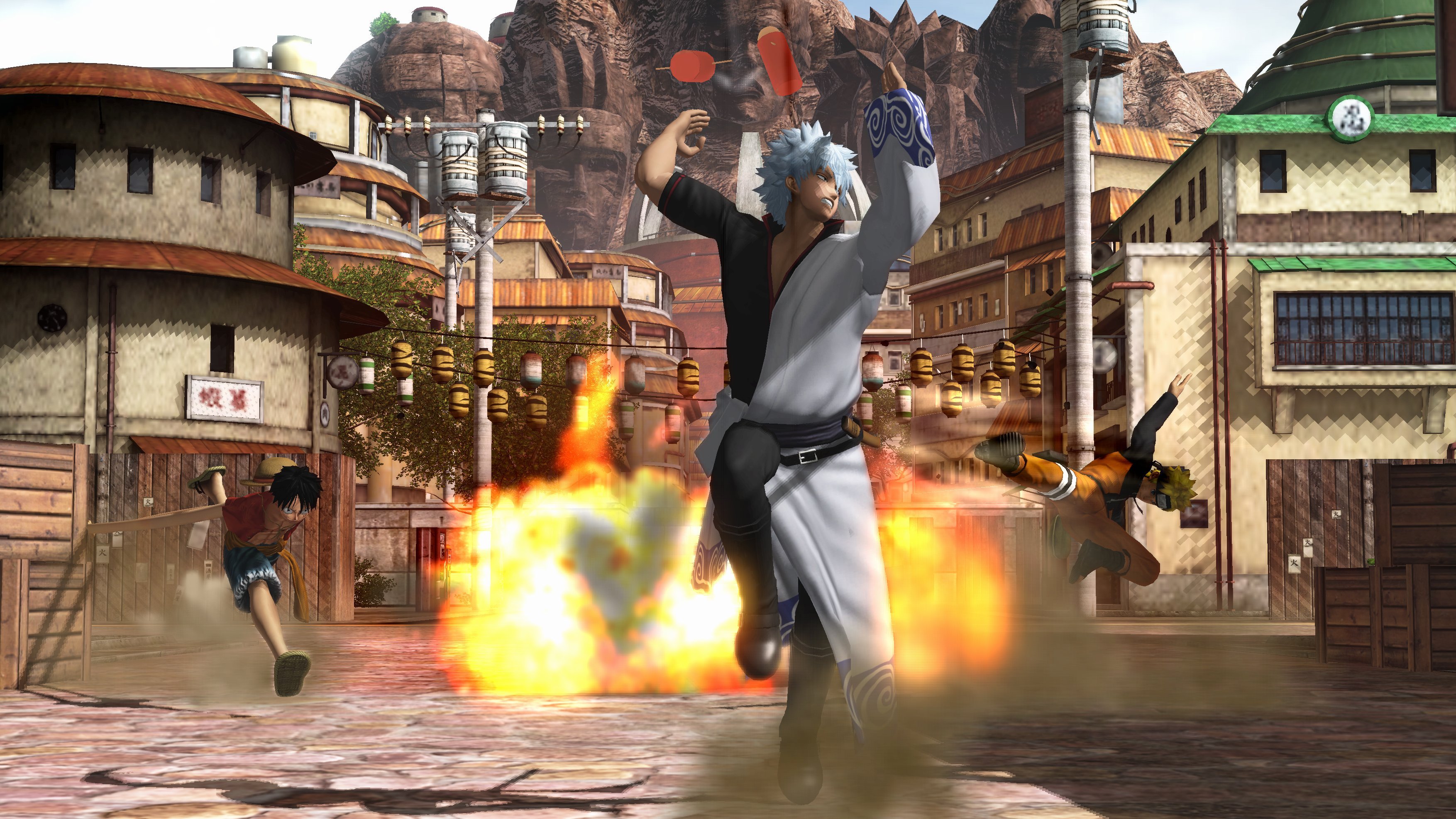
-
jstars-victory-vs-plus #14

-
jstars-victory-vs-plus #15
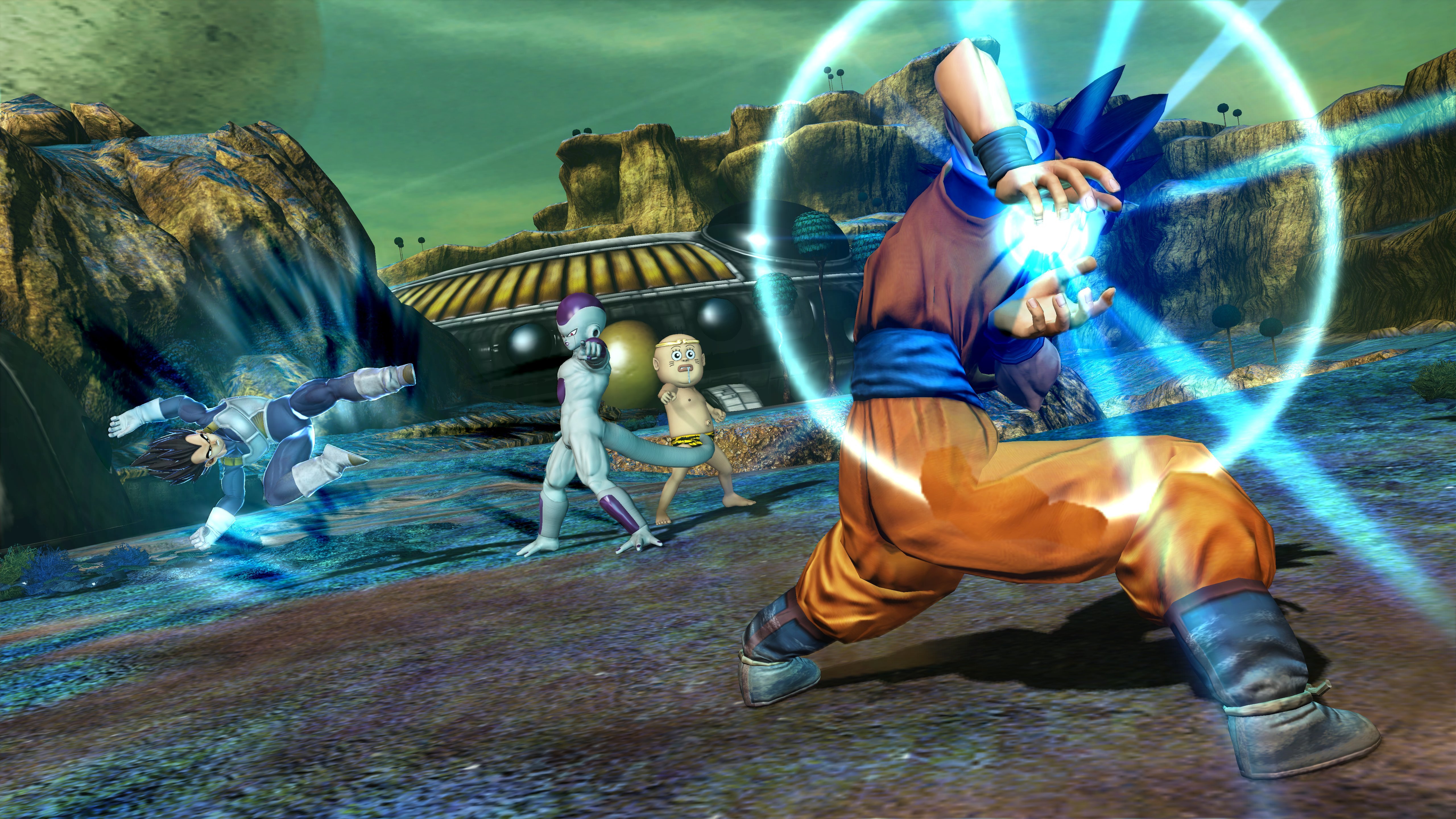
-
jstars-victory-vs-plus #16
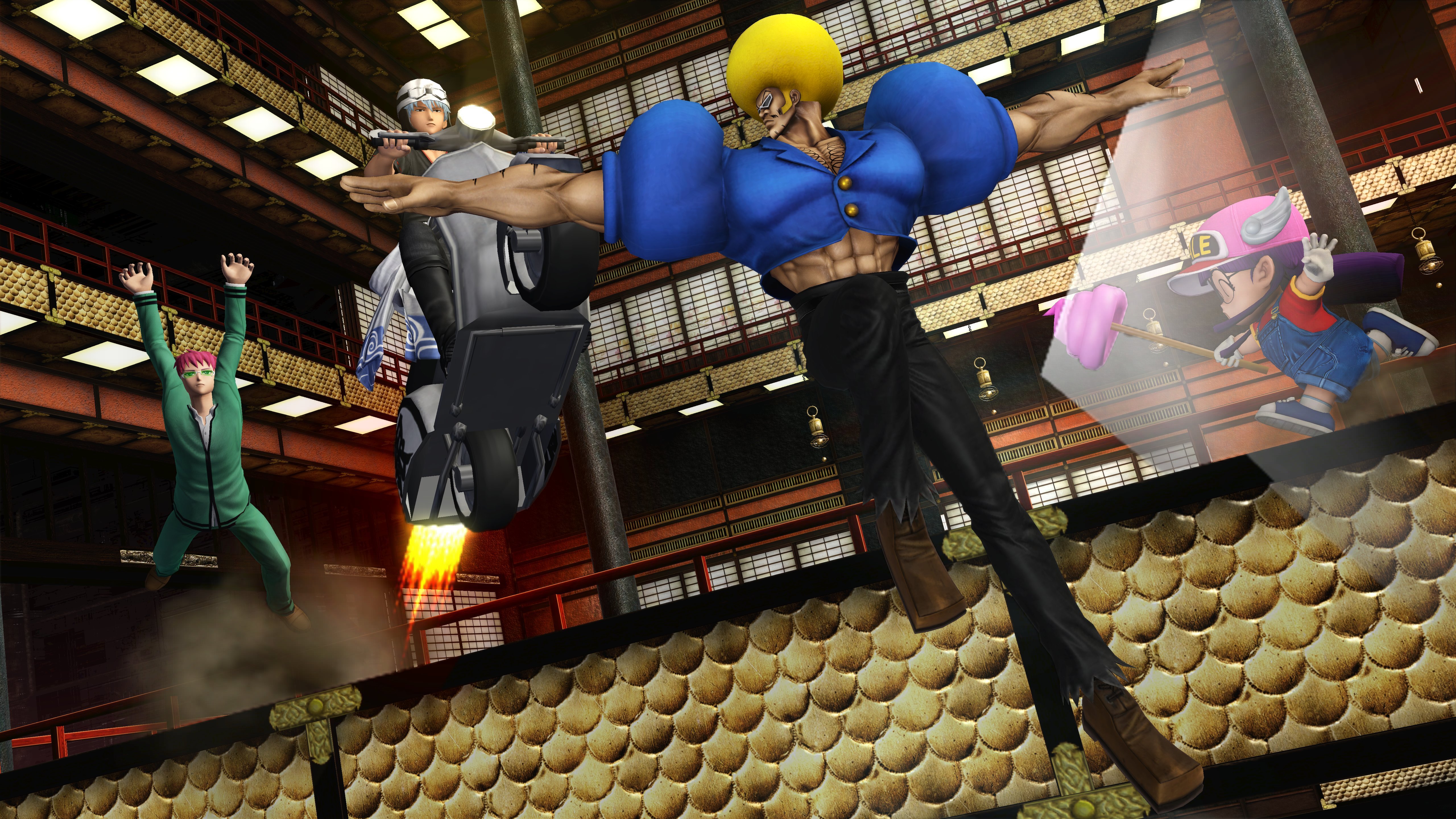
-
jstars-victory-vs-plus #17
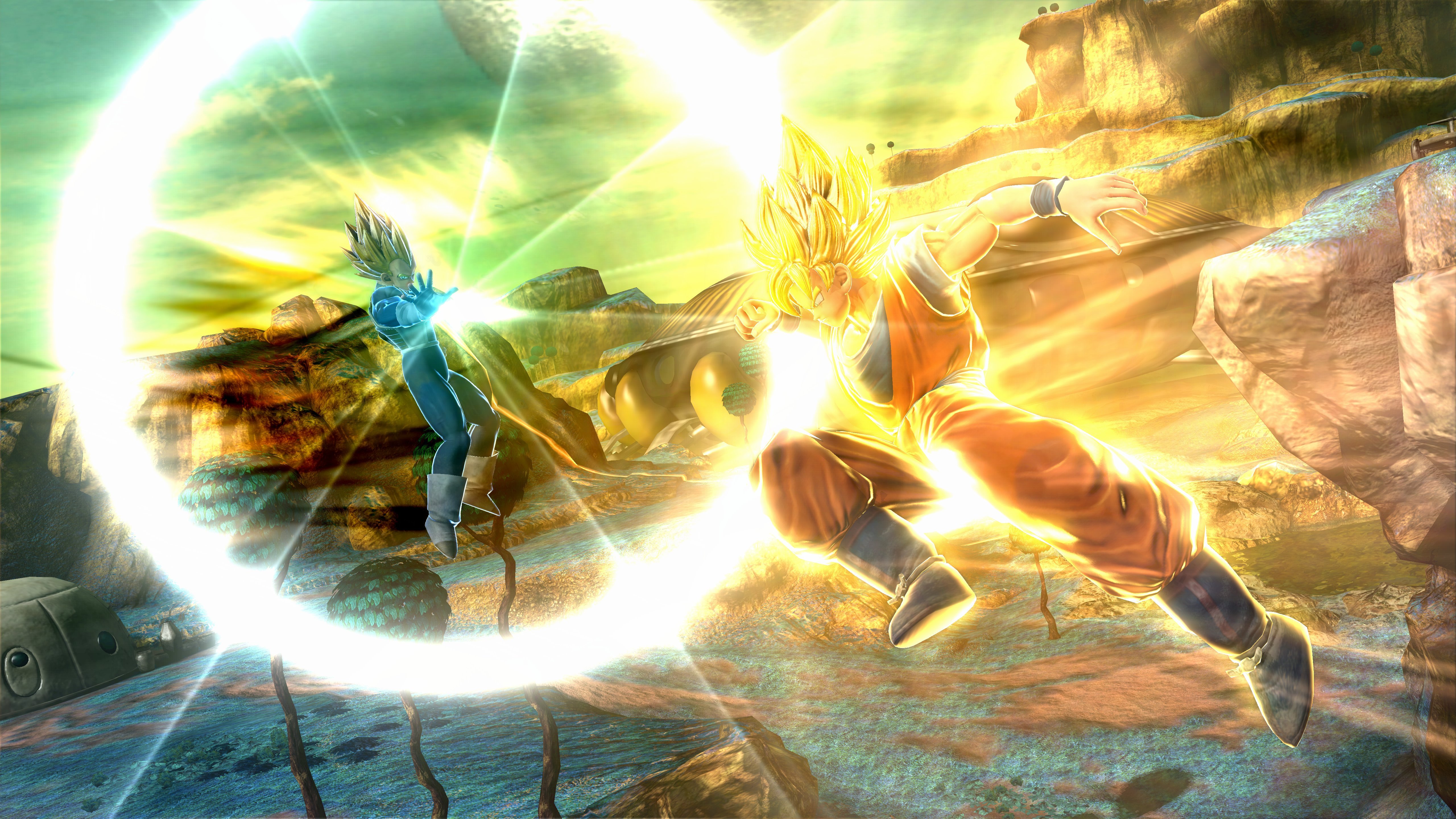
-
jstars-victory-vs-plus #18
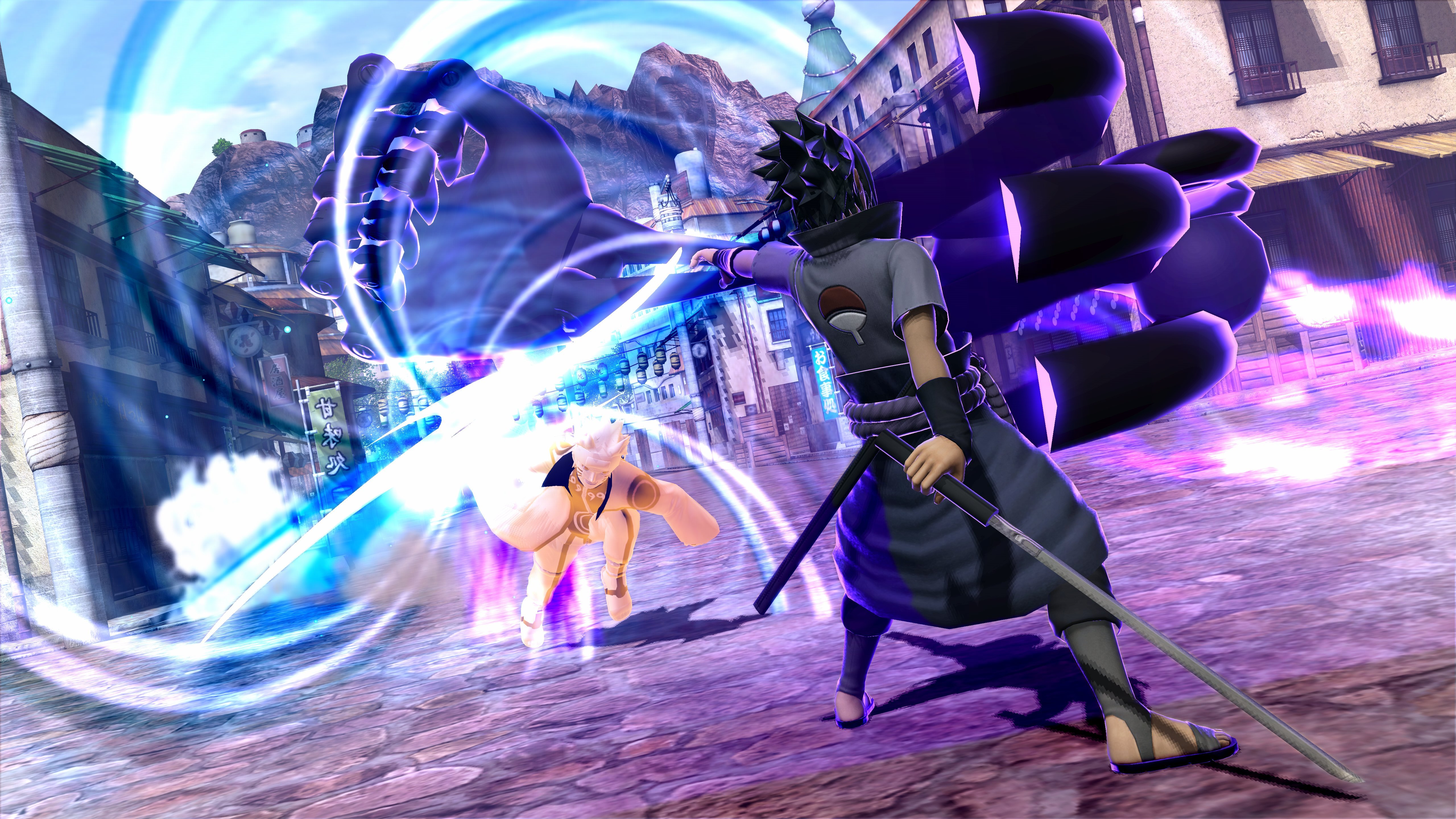
-
jstars-victory-vs-plus #19
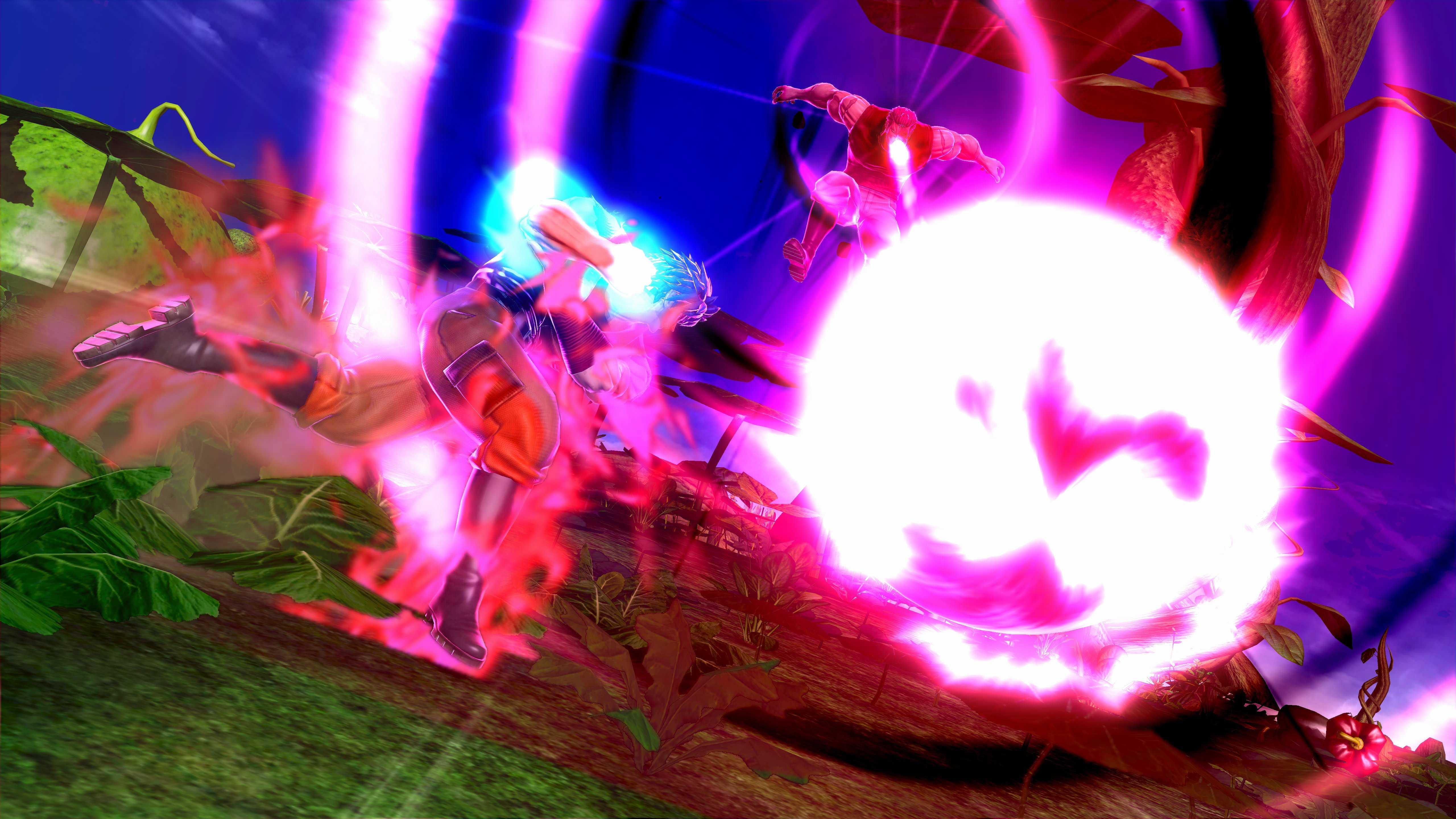
-
jstars-victory-vs-plus #20
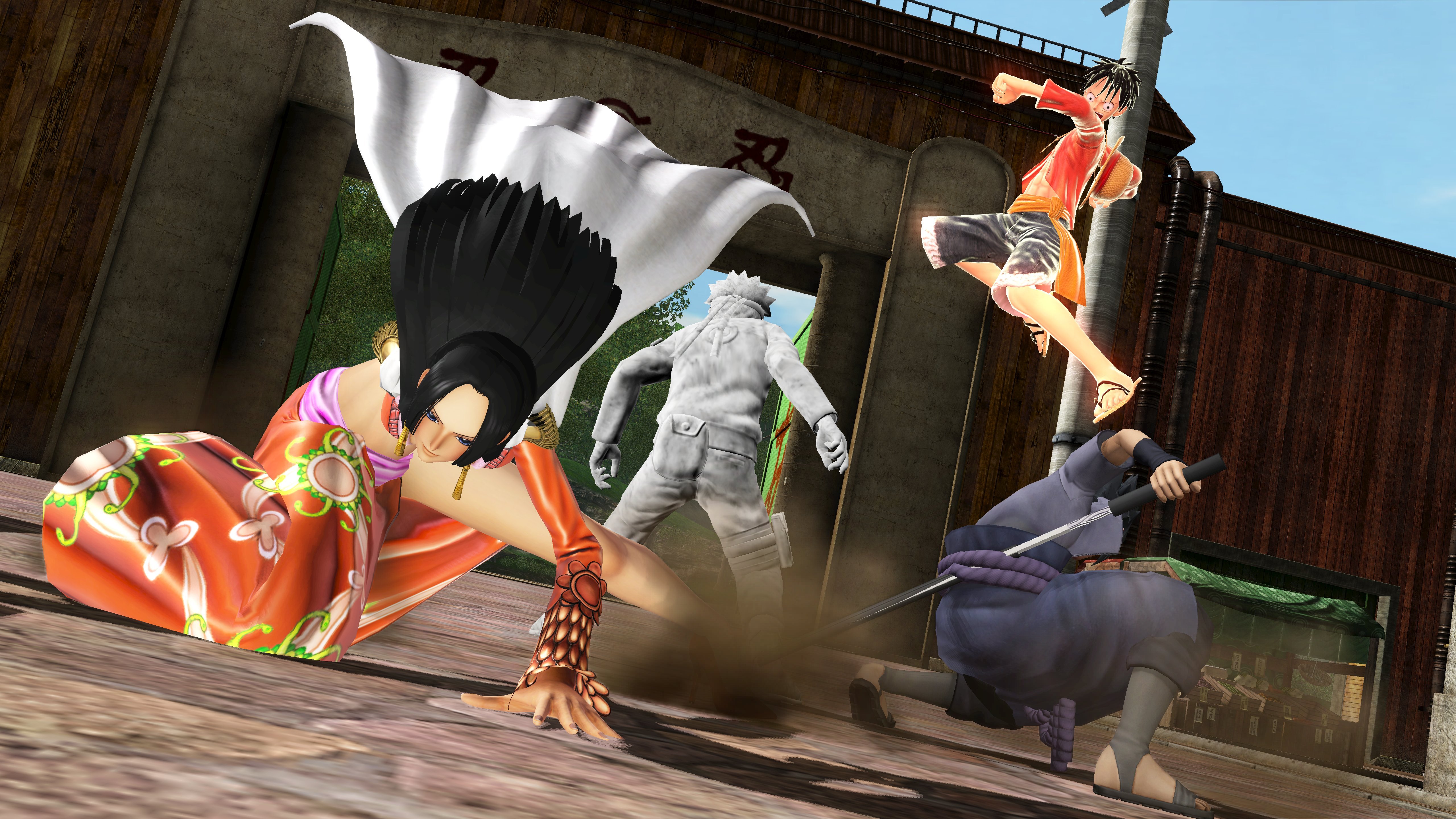
-
jstars-victory-vs-plus #21

-
jstars-victory-vs-plus #22
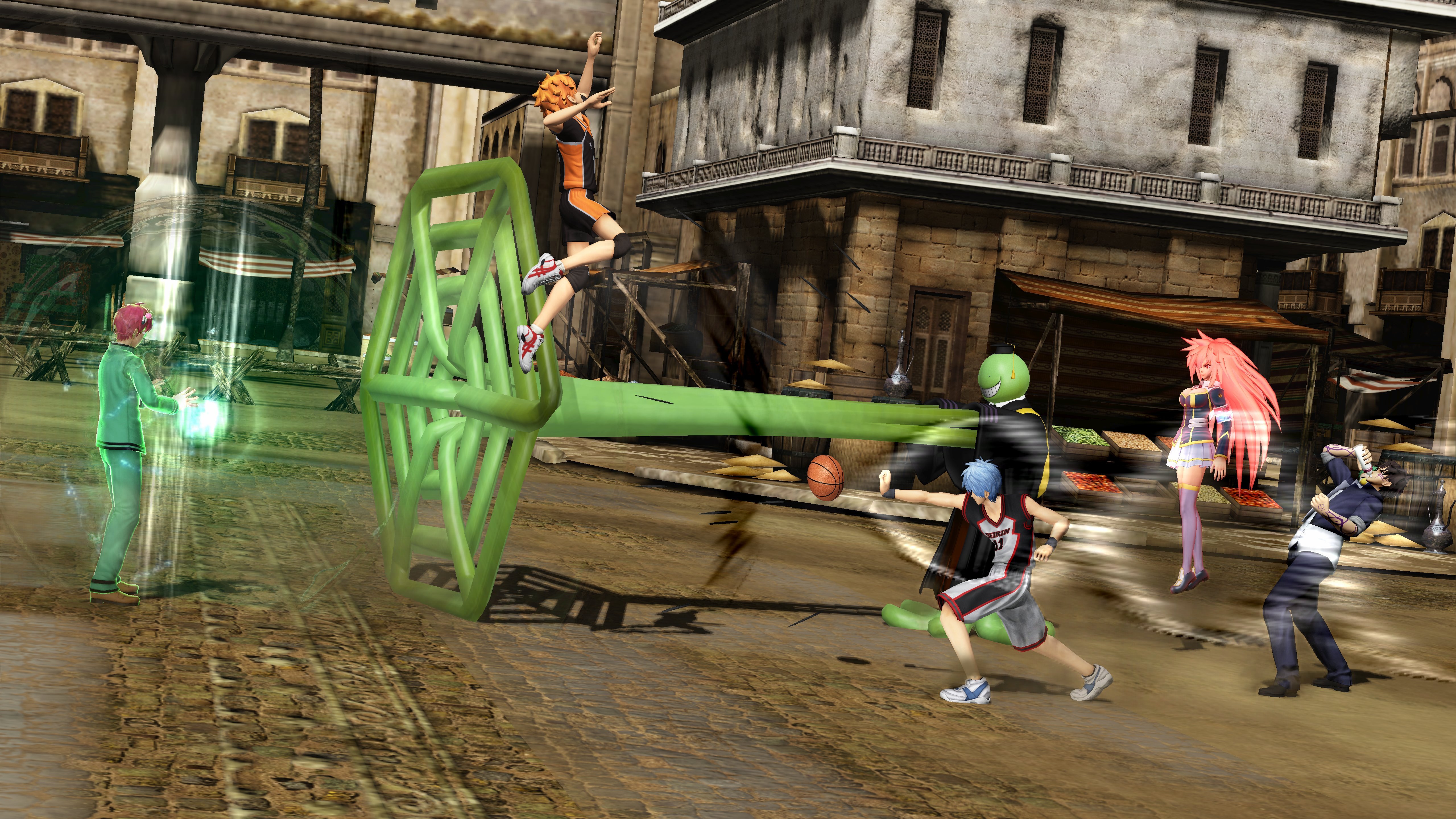
-
jstars-victory-vs-plus #23
